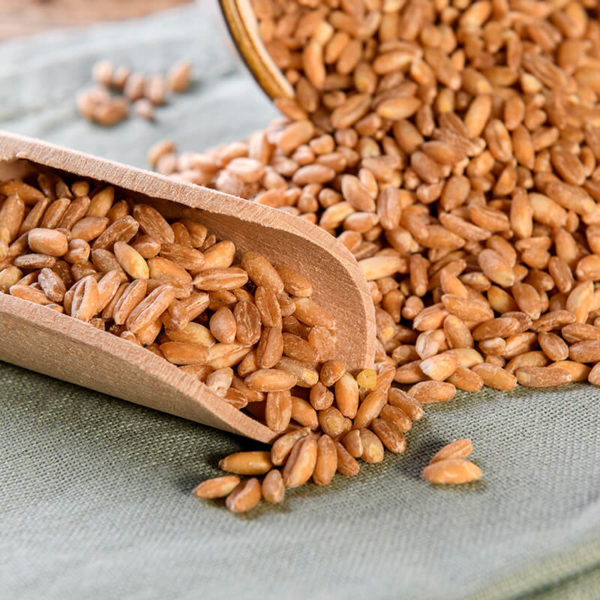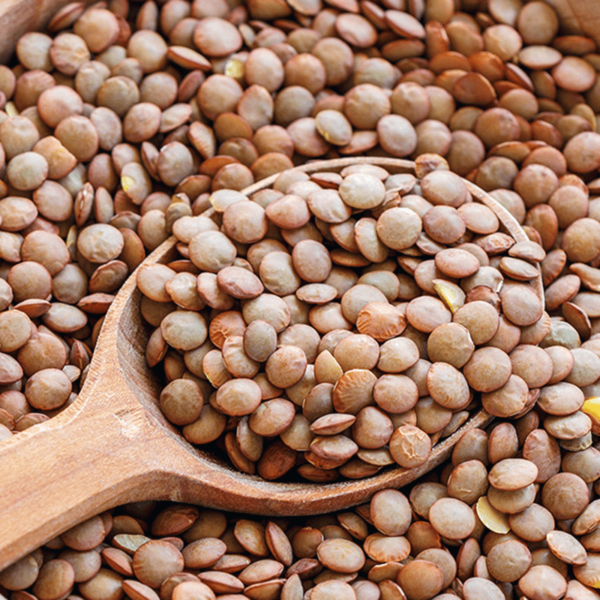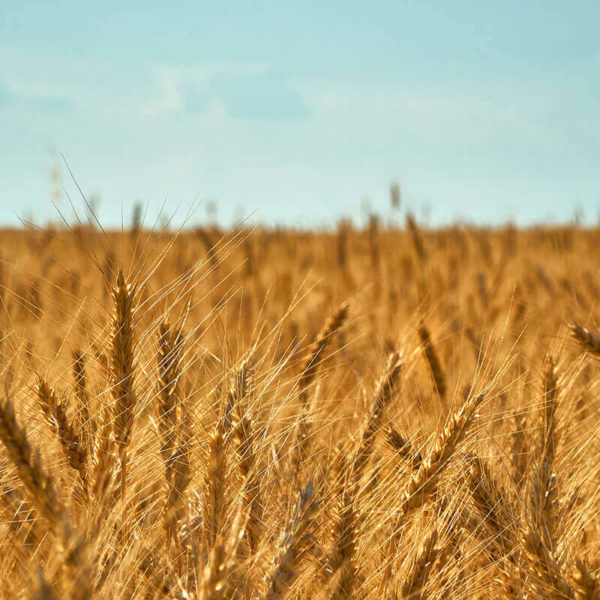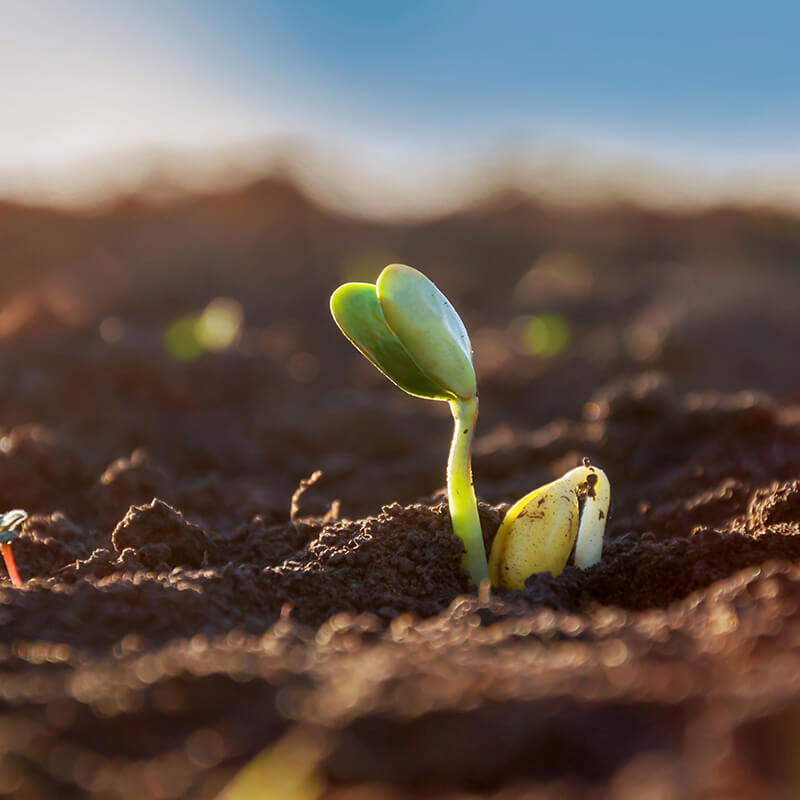
PULSES: a superfood for our HEALTH and the PLANET
Edible legume seeds belonging to the order of Fabales, pulses can be traced back to countries of the Mediterranean basin, America and the Far East. Called the “poor man’s meat” in the period immediately following the Second World War when meat, dairy products and all such “products of wellbeing” were more popular, pulses have been re-evaluated in recent times. This coincides with the reassessment of animal proteins in our diet and the increase in vegetarian and vegan lifestyles.
Versatile, healthy and economic, pulses have become a real “superfood” in the last few years, thanks to their innate tendency to combine taste and health properties which have led to them becoming increasingly popular also in Italy.
Types of pulses and how they are eaten
The best-known pulses are: beans, lentils, chickpeas, peas, fava beans, soybeans, lupin beans and peanuts. A food that is sold in a variety of forms: while fresh pulses are easily available from fruit and veg market stalls during the appropriate seasons (beans, lentils and chickpeas in summer, fava beans and peas at the end of spring), it is also possible to buy tinned pulses, preserved in brining liquid and steamed pulses without liquid. If preserved in an optimal manner even at room temperature, dried pulses, when properly desiccated, maintain their nutritional qualities even if (apart from lentils) they need to be soaked in cold water for an extended period of time before cooking.
Thanks to their content of iron, copper, B group vitamins, magnesium, zinc and phosphorus, as well as fibre, protein and carbohydrates, pulses have earned recognition with World Pulses Day as established by the United Nations Environment Programme (UNEP)1 to underline their dual contribution:
- to health, as a valid alternative to over-reliance on animal protein which is considered harmful to humans;
- for the planet, thanks to the important role that legume plants play in protecting soil fertility, due to their ability to fix atmospheric nitrogen and transfer it to the ground, reducing the use of synthetic fertilisers and pesticides.2
Pulses: an increase in sales
According to figures published by IRI ITALIA (a data analytics and market research company) and analysed by Pedon S.p.A. the aforementioned preferences brought about an increase of 9% in pulse sales in 2021 alone as compared with 2019 (i.e., the most recent non-pandemic era, when pulse sales reached +20%). Among the reasons for customers’ increased preference for pulses is the growing predilection for plant-based protein foods and the rising demand for gluten-free products due to the higher number of coeliacs but also the increased awareness of their beneficial properties for our health.
Everyone’s crazy for lentils
A particularly strong source of energy, as well as being an ancient symbol of economic prosperity, lentils (together with chickpeas) constitute half of all pulses sold in Italy, with a 12% increase in sales in 2021 as compared to 2019 (pre-Covid era). Among the first legumes grown by humans, they have maintained their importance in our diet over time, thanks to their protein content and possible pairings in dishes with grains. A traditional food at Christmas and New Year, lentils are one of the tastiest and most versatile pulses and can be cooked in hundreds of ways. An excellent source of plant-based protein, “vegan” iron (from plant-based sources as opposed to animal origin), fibre and complex carbohydrates, legumes disprove the urban myth that they are unfavourable to diets with a low-calorie content (80 kcal per 100 grams), as they contain a lot of water. Thanks to their practicality, boiled, ready to eat lentils are in fact also the best-loved pulses by consumers.
Chickpeas are delicious
Making a real comeback, thanks to the success of the Middle Eastern speciality hummus (today a very popular starter also in western cooking), chickpeas are a well-known pulse in Mediterranean cuisine, used in many recipes and served in a variety of ways, also for several quick and easy dishes. Available in different varieties (from the small, light-coloured Valdarno chickpea to the darker Cicerale and black Murgia chickpeas), these are essential ingredients for Tunisian falafel and Ligurian farinate as well as fresh salads, perfect for a light lunch. In addition to being excellent sources of plant-based protein, fibre and vitamins (especially B group), as well as magnesium and phosphorous, they contain saponins, substances that reduce triglycerides and cholesterol in the blood, and a significant quantity of Omega-3 fatty acids, which make them good for the heart.3
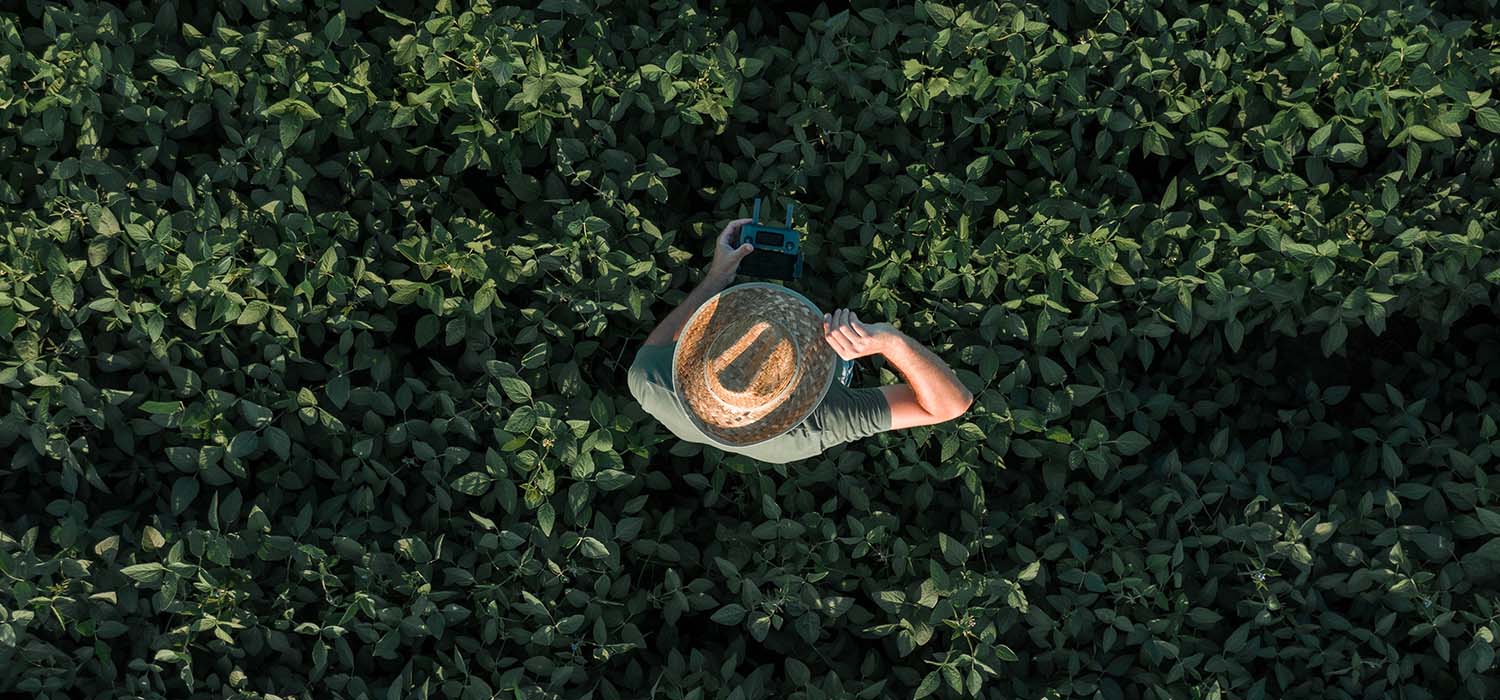
Pairing up pulses
Among the possible delicious combinations, from a nutritional point of view, the pairing of pulses and grains represents one of the best as it supplies high quality protein and offers a healthy alternative to excessive animal protein consumption as well as being an option for those who follow vegetarian or vegan diets.
A complete and nutritious meal, mixes of pulses and grains allow you to integrate the plant-based protein of pulses with all the amino acids that our bodies need, making up for any lack of amino acids caused by the consumption of pulses alone, and guaranteeing a nutritional value similar to that from an animal protein diet.4
Being a highly versatile food, pulses can be eaten in a variety of ways. Excellent as a side dish for main meals of potatoes, vegetables, meat or fish, in summer they are popular in fresh salad; used in the preparation of delicious treats like hummus, veggie meatballs and veggie burgers, they can also be added to winter soups together with grains, or eaten as snacks (such as roasted chickpeas).
Among the tastiest summer recipes using pulses, there are the extra-fresh hummus with cannellini beans, capers and mint, the acclaimed chickpea patties or popular lukewarm salad with edamame beans and chicken. Among the healthiest options inspired by pairing pulses with grains, we find winter comfort foods: soup made with grains and pulses, asparagus and pork belly or soup made with grains and pulses with champignon mushrooms and rosemary-infused olive oil.
At Pedon, pulses have always been a feather in our cap and are offered in both our quick-cook and ready-made lines.
Whether you prefer them alone, mixed with grains, or paired with delicous veggies, the pulse section of our I Pronti range has won prestigous place in our product lines. We have naturally steamed them for you, with a drizzle of olive oil, to ensure they preserve all their valuable nutritional benefits and still respond fully to the practical demands of hectic everyday life. Ideal for anyone who has little time to spare but still wants to enjoy good food, these are excellent in salads or soups. Available in the versions Pulses (including Chickpeas, Lentils and Mixed Pulses), Mixes (with delicious Sorghum, Chickpeas and Lentils and Ancient Grains) and Mixes with Vegetables (high-energy Quinoa and Peas, with Corn and Carrot, and Spelt and Beans with Peas and Carrots), they represent some of the most practical, healthy and delicious solutions around for mealtime.
Our commitment to transforming traditional raw materials, like pulses and grains, has allowed us to find modern ready-to-eat solutions that are both simple and delicious, like our Legumes Made as Snacks, a new range of products that makes pulse consumption even easier in everyday life. A way of consuming pulses that is also fun and tasty, ideal as a starter/aperitif or as a quick snack, for a complete and satisfying between-meals solution that is high in taste and protein. These items are oven-roasted not fried, gluten-free, preservative-free, without added sugars, and our customers can choose from three clusters: the Natural range, pulses in their natural state that may also be accompanied by seeds (such as the “ultra-yellow” Fava beans, Chickpeas and Lentils and the super-green Edamame beans ; the Flavourful range, seasoned with natural spices (such as the bold Lentils with Chili Pepper and the extraordinary Rosemary Chickpeas); the Functional range, cleverly combined with dried fruit or vegetables (like the super-fun Green Peas and Chickpeas with Red Onion and Chickpeas and Lentils with Pumpkin Seeds and Cranberries). An ideal solution for those always on the move who need to re-energise with something light and tasty: whether at school, work, the gym or during leisure time.
To round off our contribution to an enjoyable and healthy lifestyle, we offer the special Pedina Lentils, a variety originating from volcanic regions which maintains a truly amazing consistency during cooking. This product is also part of a charitable initiative, perfectly in keeping with the policy of the Pedon company to assist those in need: the Pedina Lentils product supports Banco Alimentare, the food bank network that has distributed excess food products to the needy for the last 30 years.
Bibliography
1) “World Pulse Day”, ISPRA – Istituto Superiore per la Protezione e la Ricerca Ambientale (Italian Institute for Environmental Protection and Research), Source isprambiente.gov.it
2) “I legumi da granella” (Grain Legumes), 2016 International Year of Pulses – Italian Ministry of Agricultural, Food and Forestry Policies
3) IRCSS – Istituto Clinico Humanitas, Source humanitas.it
4) “Cosa abbinare ai legumi per ottenere un pasto completo” (What to pair with pulses for a complete and balanced meal), Fernanda Lisa Scala. Nutritional Biologist, Source mangiapositivo.com

 Torna al menu
Torna al menu